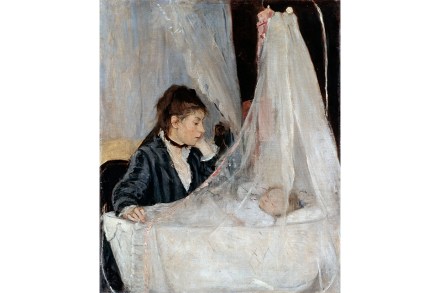My son was born in the passenger seat footwell
A few days before Christmas, I was gently woken by my wife telling me that while I’d been sleeping through the night in blissful ignorance, she had been writhing in labour downstairs. At the last moment, she had decided against giving birth at home and now wanted to go to the hospital. I hadn’t known a home birth was even on the cards – clearly, my wife and I need to work on our communication. Moreover, it was a week before the due date, so I had gone to bed thinking there were still days remaining before the great panic. Within minutes, we were in the car and racing to







